Watch Hurricane Harvey, now a monstrous Category 2 storm, approach Texas from space
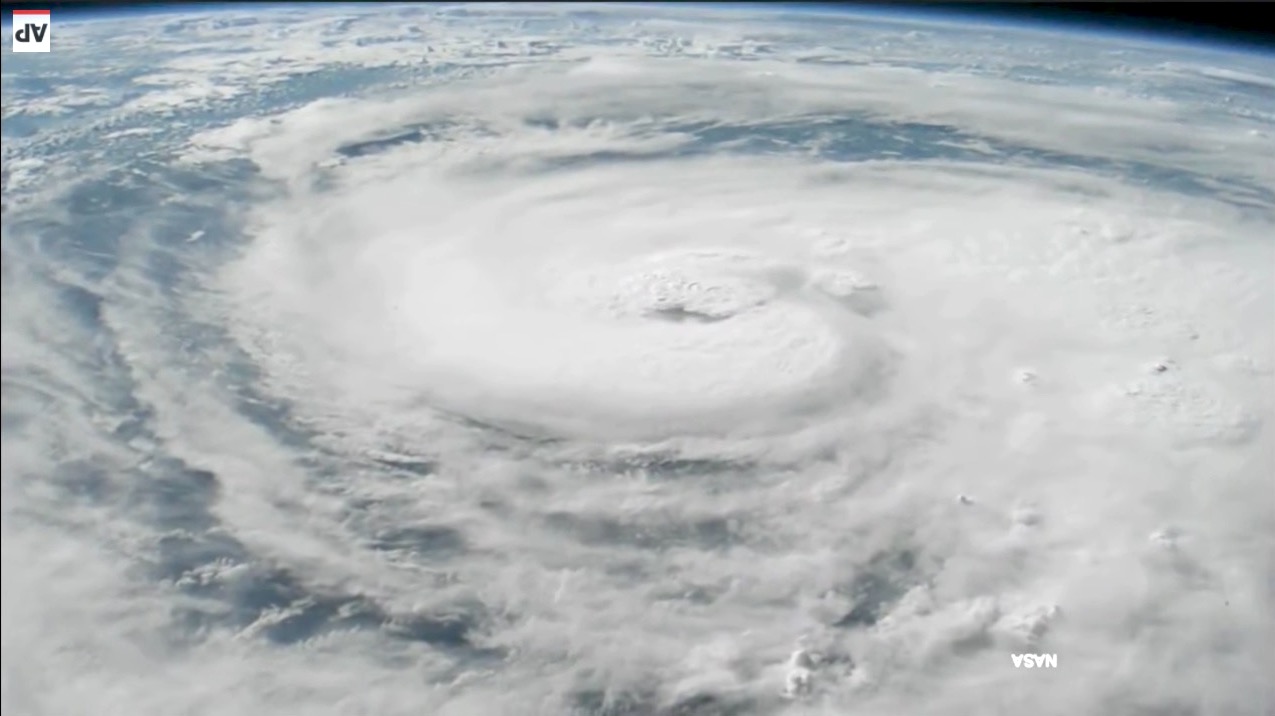

Hurricane Harvey strengthened to a Category 2 storm off the Texas Gulf Coast early Friday morning, with winds of up to 105 miles per hour, and it is heading toward Corpus Christi at about 10 mph. By the time Harvey reaches the middle Texas coast late Friday or early Saturday, it is expected to be a Category 3 hurricane, with winds of at least 111 mph, making it the first hurricane to strike Texas since Ike in 2008 and the first Category 3 storm to make landfall in the U.S. since Hurricane Rita in 2005.
After Harvey makes landfall, it is expected to linger over Texas, dumping up to 35 inches of rain, bringing destructive waves, and causing a storm surge of up to 12 feet in areas, The National Hurricane Center said, warning that the rainfall from Harvey "will cause devastating and life-threatening flooding," and areas along the Texas coast are under voluntary or mandatory evacuation. It isn't usually the wind that kills people in hurricanes but the water, especially the storm surge, The Weather Channel reminds everyone. And if you are having a hard time imagining what a 12-foot storm surge would look like, Greg Postel has a visualization:
Harvey is already huge and dangerous, and its outer bands are already lashing Galveston. But it looks oddly peaceful, if massive, from space. Peter Weber
The Week
Escape your echo chamber. Get the facts behind the news, plus analysis from multiple perspectives.

Sign up for The Week's Free Newsletters
From our morning news briefing to a weekly Good News Newsletter, get the best of The Week delivered directly to your inbox.
From our morning news briefing to a weekly Good News Newsletter, get the best of The Week delivered directly to your inbox.
A free daily email with the biggest news stories of the day – and the best features from TheWeek.com
Peter has worked as a news and culture writer and editor at The Week since the site's launch in 2008. He covers politics, world affairs, religion and cultural currents. His journalism career began as a copy editor at a financial newswire and has included editorial positions at The New York Times Magazine, Facts on File, and Oregon State University.
-
 Best poetry books of 2025
Best poetry books of 2025The Week Recommends Magnificent collections from Luke Kennard, Leo Boix and Isabelle Baafi
-
 11 extra-special holiday gifts for everyone on your list
11 extra-special holiday gifts for everyone on your listThe Week Recommends Jingle their bells with the right present
-
 ‘Furious Minds: The Making of the MAGA New Right’ by Laura K. Field and ‘The Dream Factory: London’s First Playhouse and the Making of William Shakespeare’ by Daniel Swift
‘Furious Minds: The Making of the MAGA New Right’ by Laura K. Field and ‘The Dream Factory: London’s First Playhouse and the Making of William Shakespeare’ by Daniel SwiftFeature An insider’s POV on the GOP and the untold story of Shakespeare’s first theater
-
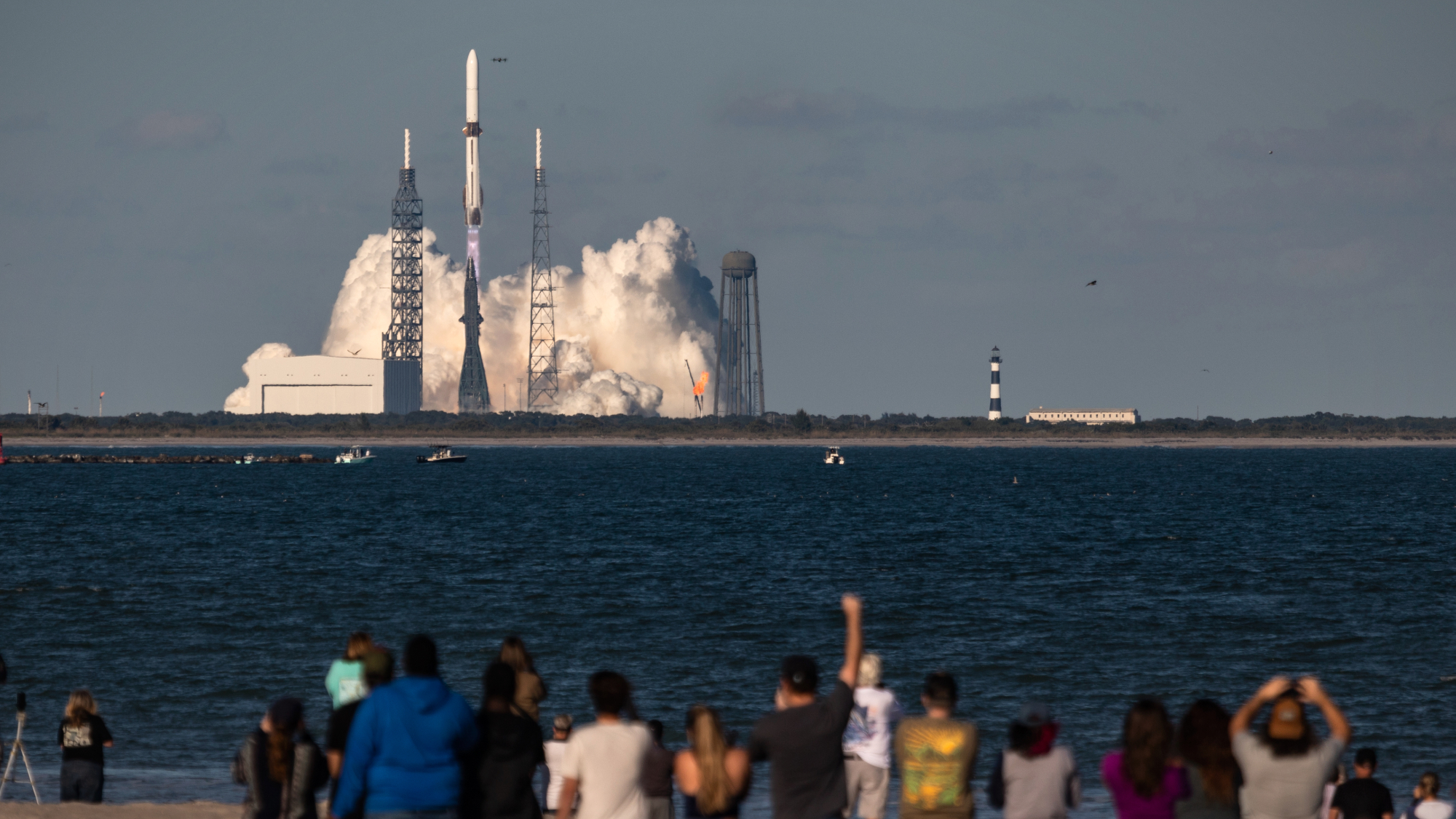 Blue Origin launches Mars probes in NASA debut
Blue Origin launches Mars probes in NASA debutSpeed Read The New Glenn rocket is carrying small twin spacecraft toward Mars as part of NASA’s Escapade mission
-
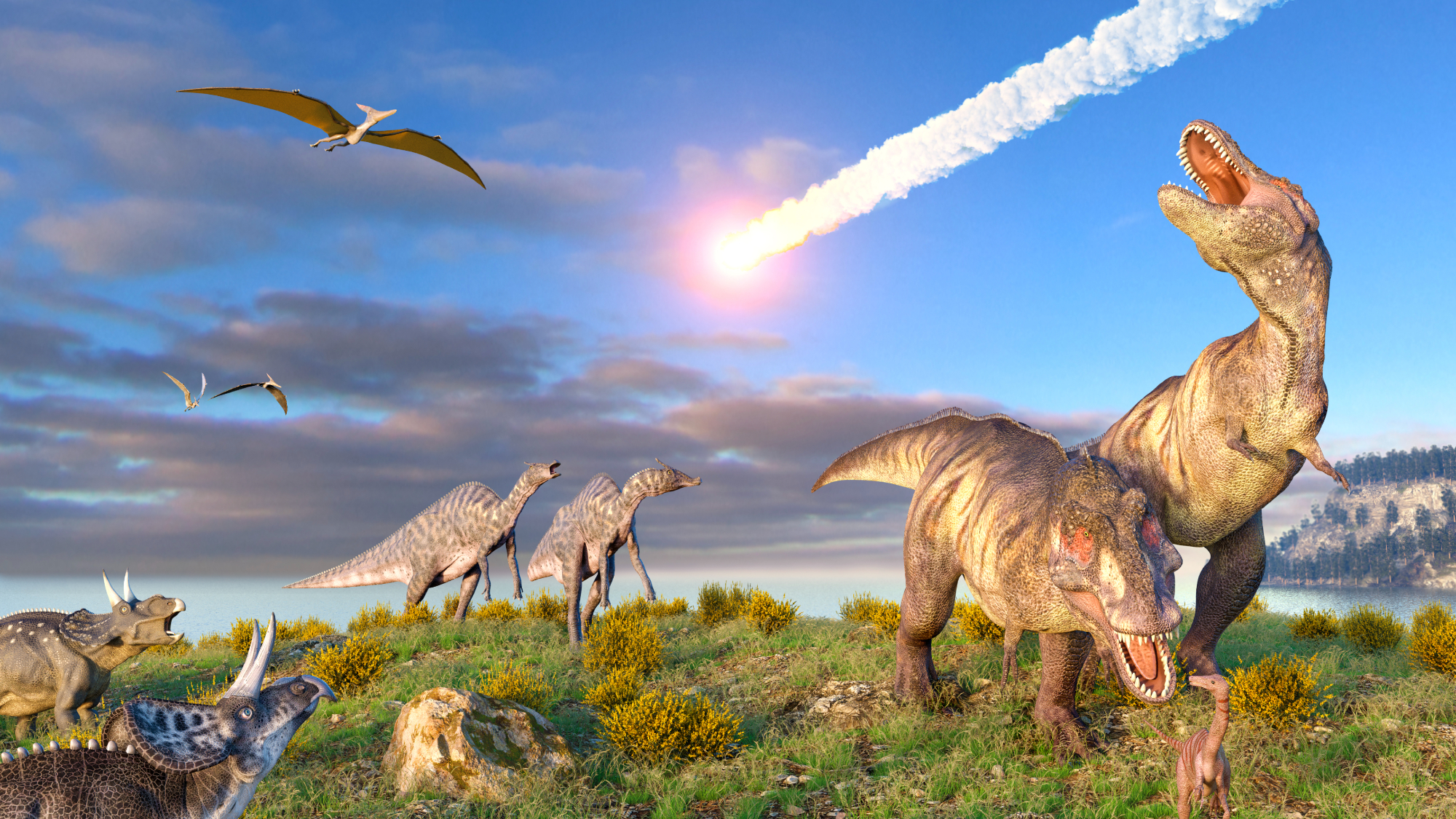 Dinosaurs were thriving before asteroid, study finds
Dinosaurs were thriving before asteroid, study findsSpeed Read The dinosaurs would not have gone extinct if not for the asteroid
-
 SpaceX breaks Starship losing streak in 10th test
SpaceX breaks Starship losing streak in 10th testspeed read The Starship rocket's test flight was largely successful, deploying eight dummy satellites during its hour in space
-
 Rabbits with 'horns' sighted across Colorado
Rabbits with 'horns' sighted across Coloradospeed read These creatures are infected with the 'mostly harmless' Shope papilloma virus
-
 Lithium shows promise in Alzheimer's study
Lithium shows promise in Alzheimer's studySpeed Read Potential new treatments could use small amounts of the common metal
-
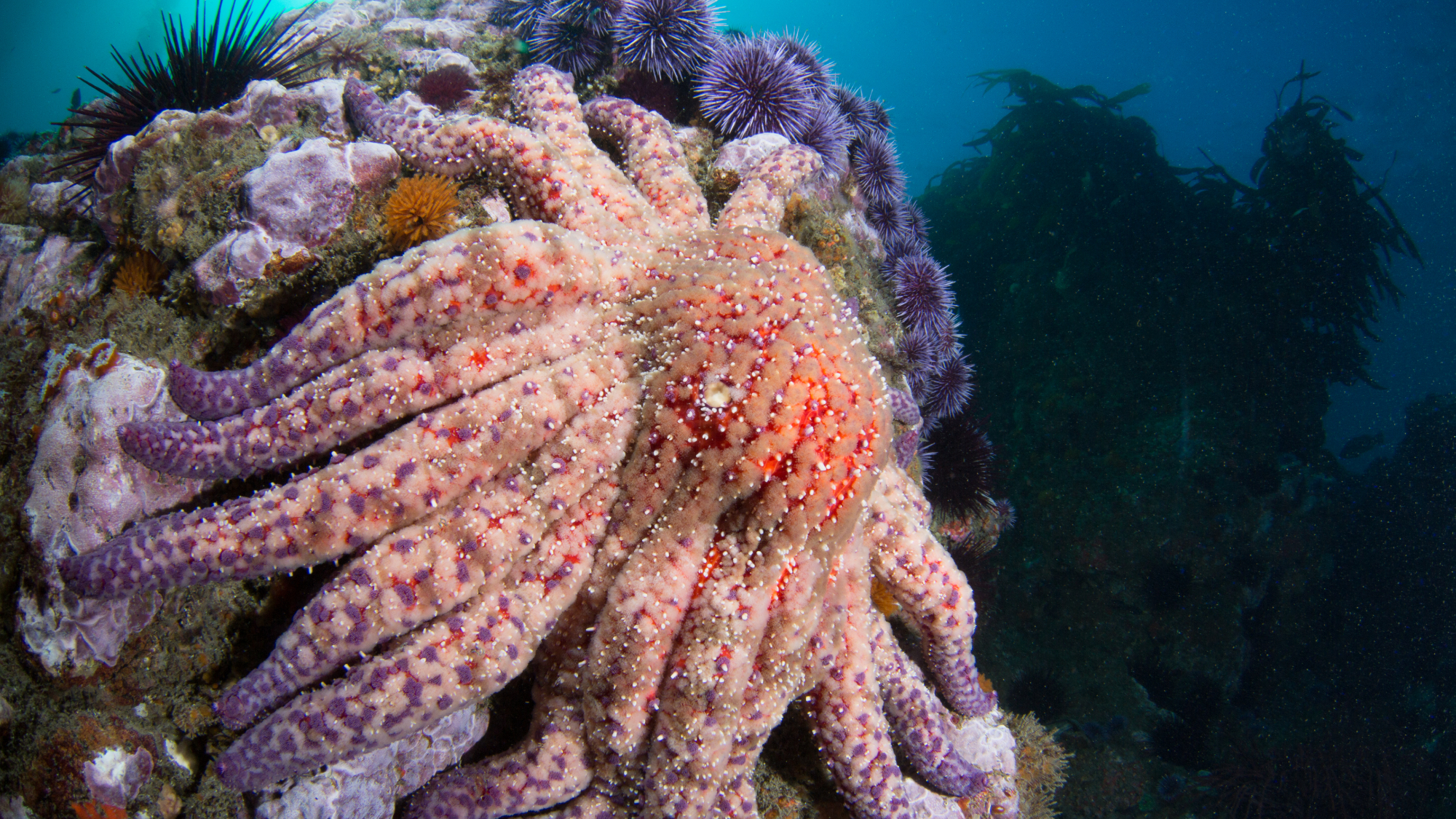 Scientists discover cause of massive sea star die-off
Scientists discover cause of massive sea star die-offSpeed Read A bacteria related to cholera has been found responsible for the deaths of more than 5 billion sea stars
-
 'Thriving' ecosystem found 30,000 feet undersea
'Thriving' ecosystem found 30,000 feet underseaSpeed Read Researchers discovered communities of creatures living in frigid, pitch-black waters under high pressure
-
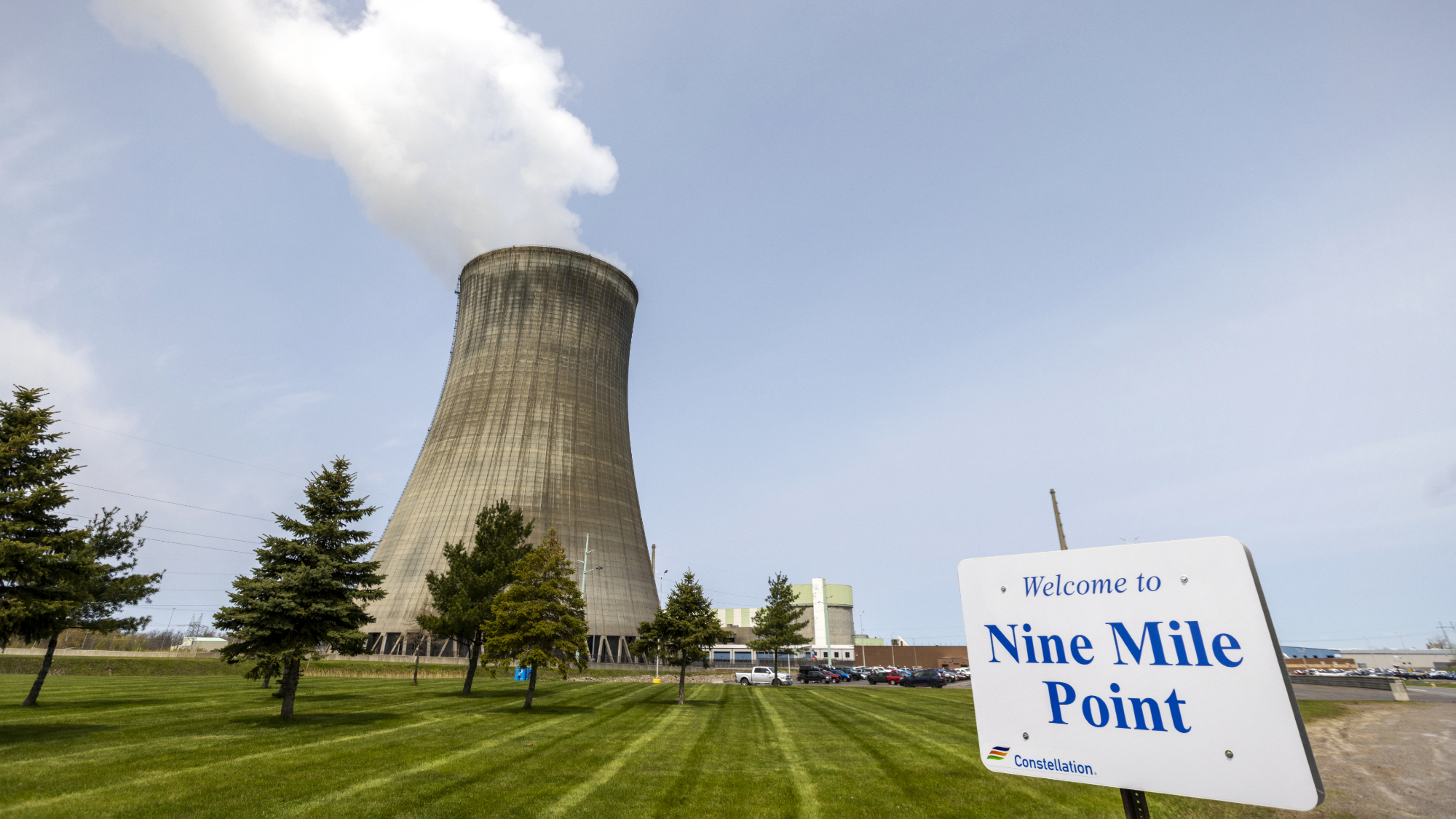 New York plans first nuclear plant in 36 years
New York plans first nuclear plant in 36 yearsSpeed Read The plant, to be constructed somewhere in upstate New York, will produce enough energy to power a million homes

